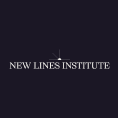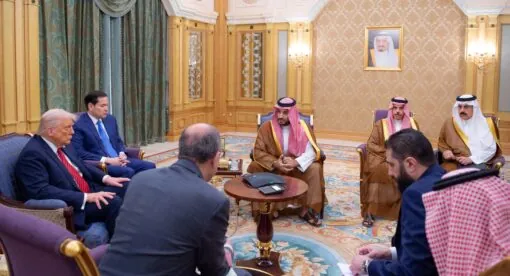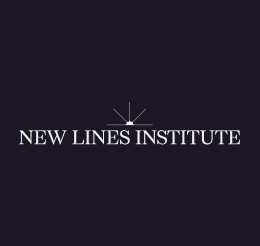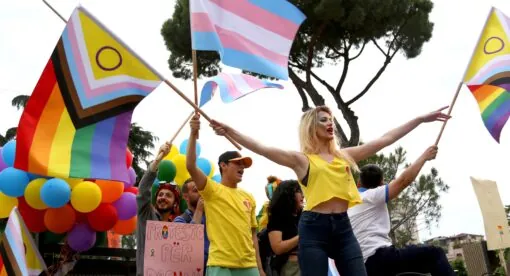The Weekly Forecast Monitor is a forward-looking assessment of geopolitical dynamics shaping our world. To get more in-depth analysis of these issues and learn more about analytical products from New Lines Institute — including simulations, training sessions, and forecast reports — contact us at [email protected] and visit https://newlinesinstitute.org/analytical-products/. Download PDF version.
Global Hotspots
The Global Hotspot Tracker examines the outlook for key geopolitical hotspots around the world. (Go to the Global Connectivity Tracker)
Middle East
Summary – Tensions in the Middle East trended toward military and hybrid escalation scenarios, as Israeli forces continued to advance in Rafah and the Israel Defense Forces (IDF) approved plans for a Lebanon offensive. Al-Houthi rebels targeted multiple vessels, sinking a Greek-owned ship and killing a crew member.
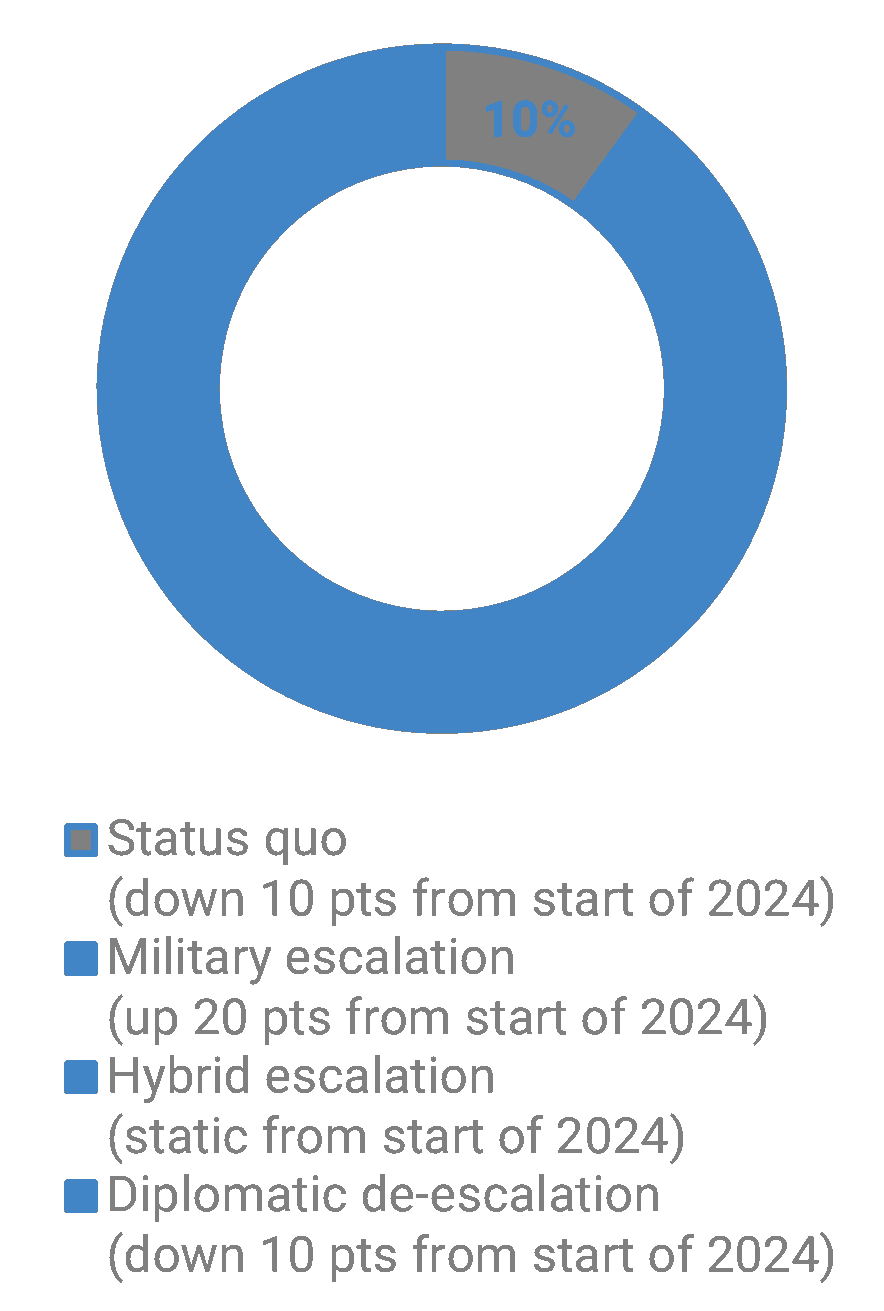
Military escalation scenario
- The IDF continued pushing into western Rafah, nearing the al-Mawasi area, an established humanitarian zone. An explosion in Rafah killed eight IDF soldiers.
Risk level – high - The IDF said it has approved a plan for a Lebanon offensive. Hezbollah leader Hassan Nasrallah said nowhere in Israel would be safe if Hezbollah and Israel went to war.
Risk level – high - U.S. and U.K. airstrikes hit Hodeidah International Airport and near Yemen’s Salif port on the Red Sea. Earlier in the week, the U.S. carried out strikes against al-Houthi radar sites.
Risk level – medium
Hybrid escalation scenario
- Al-Houthi rebels targeted multiple commercial vessels, sinking a Greek-flagged bulk carrier and killing a crew member.
Risk level – high - The U.S. imposed new sanctions on three individuals and six entities accused of helping al-Houthi forces purchase weapons.
Risk level – low
Diplomatic de-escalation scenario
- The IDF announced a daily “tactical pause” in southern Gaza to allow more humanitarian aid to enter.
Opportunity level – medium - IDF spokesman Rear Adm. Daniel Hagari said the goal of eradicating Hamas was unattainable, potentially increasing pressure on Israeli President Benjamin Netanyahu to seek diplomatic resolution.
Opportunity level – low
Russia/Ukraine Conflict
Summary – The Russia-Ukraine conflict trended toward military and hybrid escalation scenarios as Russian President Vladimir Putin visited North Korea and signed a mutual defense pact with Pyongyang, prompting South Korea to reconsider its ban on providing lethal weapons to Ukraine. The EU expanded sanctions against Russia while Moscow warned about a retaliation on Western assets and property. A peace summit held in Switzerland prompted a joint communique supporting Ukraine’s peace plan, though several key countries in the Global South either did not attend or opted out of the communique.
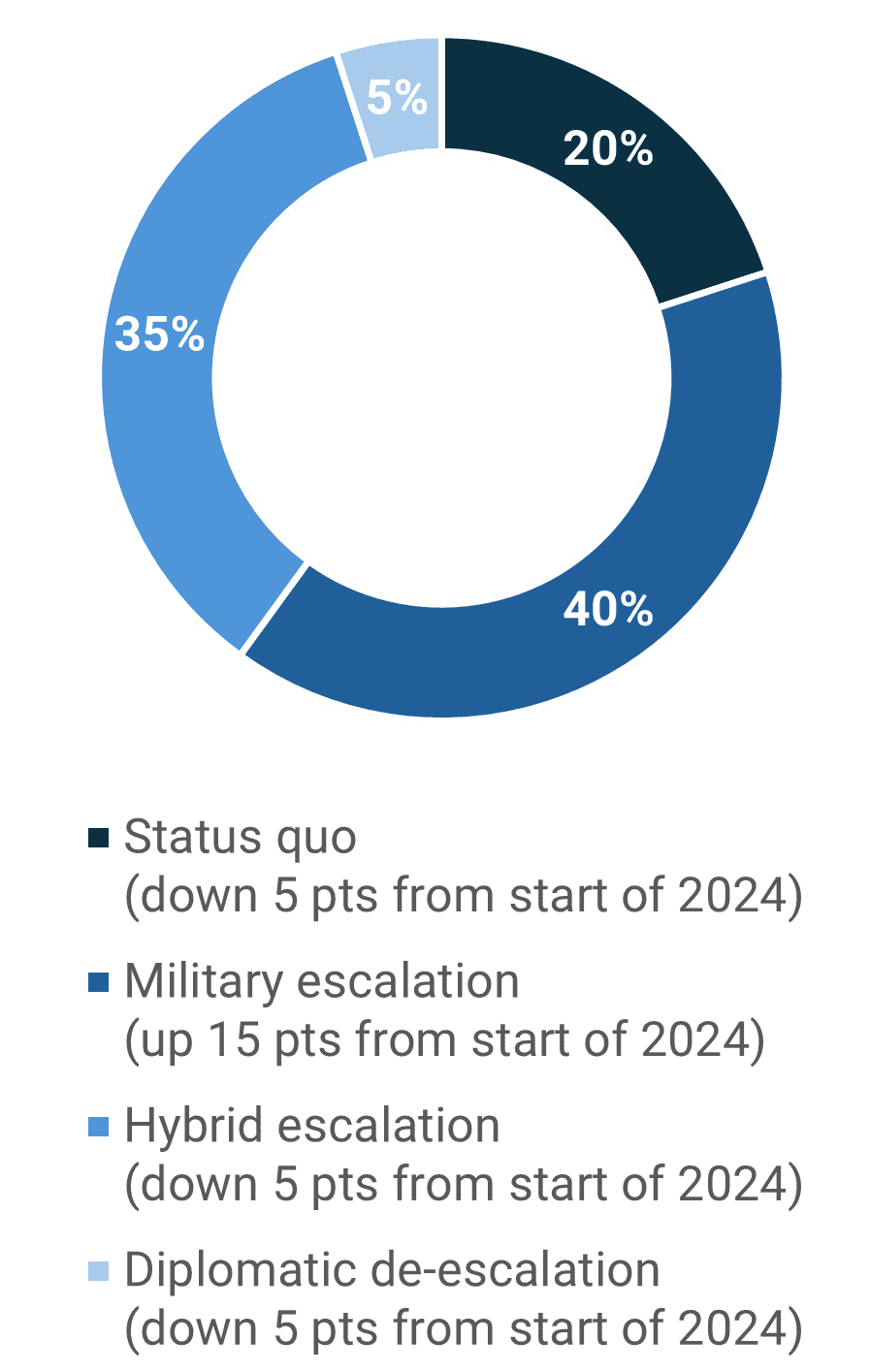
Military escalation scenario
- During a visit by Putin to Pyongyang, Russia and North Korea signed a military agreement that includes a mutual defense pact.
Risk level – medium - South Korean officials warned that Seoul would consider the provision of lethal weapons to Ukraine in response to the Russia-North Korea agreement. Putin warned South Korea that such a move would be a “big mistake.”
Risk level – medium - The U.S. will suspend all outstanding orders for Patriot missile systems to allow it to supply Ukraine with sufficient resources to defend itself from attacks by Russia.
Risk level – low
Hybrid escalation scenario
- The EU agreed on a new package of sanctions that includes a ban on reexports of Russian liquefied natural gas in EU waters.
Risk level – medium - Russia warned that it could target Western assets and property in its territory in retaliation for a G7 decision to use profits from frozen Russian sovereign assets to fund Ukraine.
Risk level – medium
Diplomatic de-escalation scenario
- A Ukraine peace summit held in Switzerland ended with a joint communique that reaffirmed Ukraine’s peace plan to end the war with the support of more than 80 countries. However, several countries in attendance did not sign the communique, including India, Saudi Arabia, the United Arab Emirates, Indonesia, and South Africa. Officials from Russia, which had not been invited, said the summit produced “negligible results.”
Opportunity level – low - The Kremlin said negotiations with the U.S. are taking place on a prisoner swap involving detained U.S. reporter Evan Gershkovich and that Russia is awaiting a U.S. response on its proposals.
Opportunity level – low
U.S./China/Indo-Pacific
Summary – Tensions in the Indo-Pacific trended toward military and hybrid escalation scenarios, as confrontations in the South China Sea between the Philippines and China intensified. One incident severely injured a Philippine navy sailor. China announced an anti-dumping investigation against some EU pork products. Russia and North Korea signed a strategic partnership deal that includes a mutual defense clause.
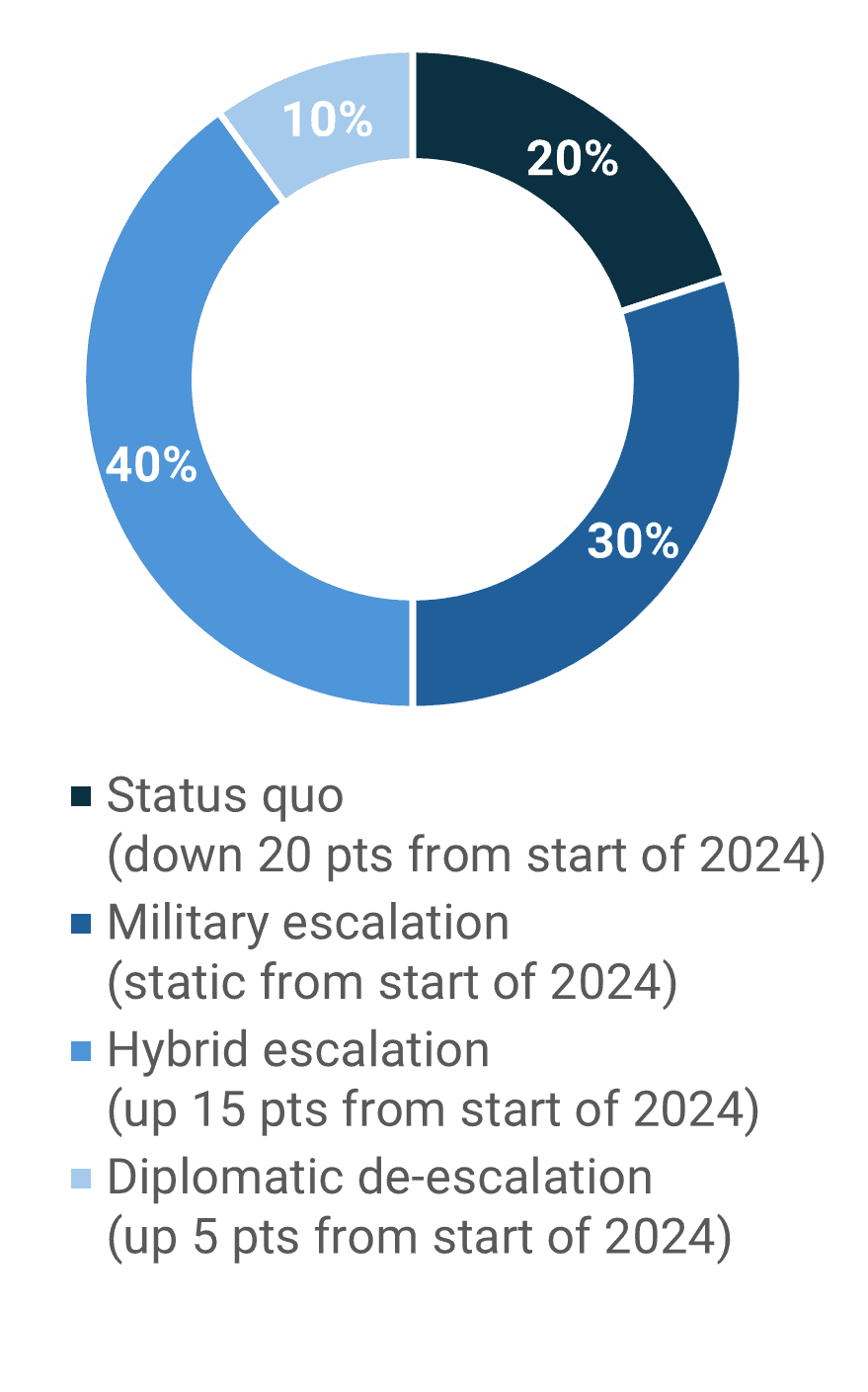
Military escalation scenario
- Philippine naval vessels collided with vessels from the Chinese coast guard, causing one Philippine sailor to suffer a “severe injury.” The Philippine navy referred to the incident as an “intentional, high-speed ramming.” China rejected the claim.
Risk level – high - Russian President Vladimir Putin traveled to North Korea, where he signed a strategic partnership that included a mutual defense clause. South Korea condemned the agreement and said it would reconsider its policy against sending weapons to Ukraine.
Risk level – medium - South Korean soldiers fired warning shots after North Korean soldiers crossed into the demilitarized zone.
Risk level – medium - The U.S. State Department approved the sale of $360 million worth of drones and missiles to Taiwan.
Risk level – low
Hybrid escalation scenario
- China announced an investigation into some EU pork exports in response to last week’s decision by the European Commission to raise tariffs on Chinese-made EVs.
Risk level – medium - The Philippines requested that the U.N. extend the limits of its continental shelf in the South China Sea.
Risk level – medium - China criticized the U.S. for “fabricating and disseminating false information” after Reuters reported the existence of a Pentagon campaign in 2020 to discredit China’s COVID-19 vaccine.
Risk level – low - Russia and Vietnam signed 11 cooperation documents, including ones covering nuclear technology and oil exploration.
Risk level – low
Diplomatic de-escalation scenario
- In 2+2 dialogues, China and South Korea agreed to continue talks to build trust.
Opportunity level – low - Chinese Premier Li Qiang traveled to Australia for the first time in seven years, meeting with Prime Minister Anthony Albanese to discuss stabilizing economic relations and improving military-to-military talks.
Opportunity level – low
Global Connectivity
The Global Connectivity Tracker examines the sectoral impact of geopolitical dynamics on key themes like the global energy/climate transition, trade, and technology. (Go to the Global Hotspot Tracker)
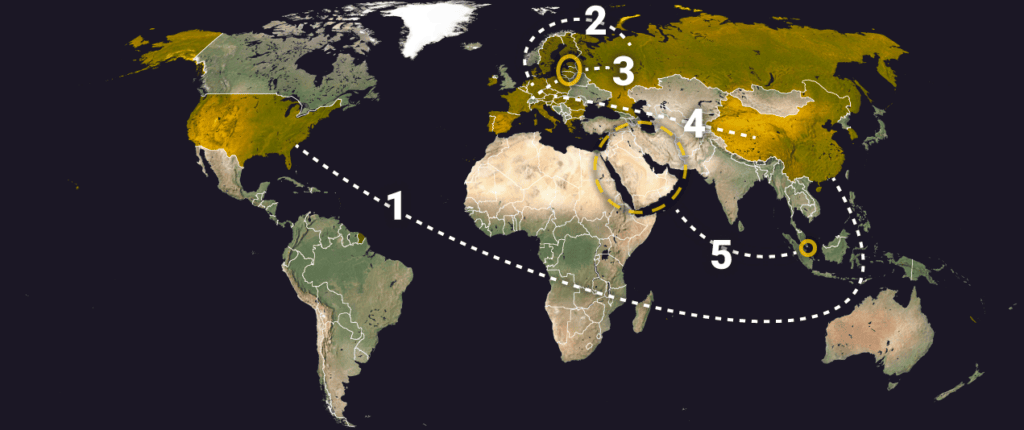
Energy/Climate
- U.S./China: Nuclear Power
What happened: The United States is estimated to be 10 to 15 years behind China in the large-scale deployment of fourth-generation nuclear reactors, according to a recently released report.
Significance/Outlook: An Information Technology & Innovation Foundation study notes that the Chinese government has boosted its domestic nuclear industry with supportive policies and funding. State-backed Chinese banks are providing extensive financing for these projects at low rates while the government is developing energy policies that commit to constructing more modern nuclear reactors. Although the United States maintains the largest global nuclear fleet with 94 reactors, it took nearly 40 years to reach the same nuclear power capacity that China has achieved in just 10. Last year, China completed the world’s first operational fourth-generation nuclear reactor, putting it ahead in terms of nuclear technology R&D.
Risk level – low - Russia/EU: Natural Gas
What happened: EU natural gas imports from Russia in May surpassed those from the U.S. for the first time in nearly two years.
Significance/Outlook: Despite Europe’s attempts to reduce imports of Russian fossil fuels since its full-scale invasion of Ukraine, Eastern European countries continue to buy Russian fuel. In September 2022, the United States surpassed Russia as Europe’s leading gas supplier, and since 2023, it had provided about 20% of Europe’s gas. Last month, 15% of the LNG and other gas imported by the EU, plus the U.K., Switzerland, Serbia, Bosnia and Herzegovina, and North Macedonia, came from Russia. U.S. supplies accounted for 14% of EU LNG, its lowest share since August 2022. LNG flows from U.S. suppliers in May were affected by an outage at a major export facility, while Russia delivered extra gas through Turkey.
Risk level – low - Baltics/Russia/EU: Electricity Grid
What happened: Estonia, Latvia, and Lithuania have announced their electricity grids will be disconnected from the Russia-Belarus-Estonia-Latvia-Lithuania (BRELL) system in February 2025.
Significance/Outlook: The Baltic states have made decoupling from the Moscow-controlled Russian and Belarusian grid a strategic goal, given that their reliance on Russian electricity is a potential danger to their national security. After they separate from the Russian-Belarusian grid, the states are set become a part of the Continental European grid. The U.S. and EU will likely continue to provide economic and technological support for Baltic synchronization with Europe’s electrical system.
Opportunity level – low/medium - China/EU: Food
What happened: China has initiated an anti-dumping inquiry into EU pork and byproduct exports, especially targeting Spain, the Netherlands, and Denmark, in reaction to electric vehicle export restrictions passed by the EU.
Significance/Outlook: China’s commerce ministry announced a probe into European-supplied fresh, cold, and frozen entire slices of pork, pig intestines, bladders, and stomachs for human use. Food companies worldwide are on alert for Chinese retaliation after the European Commission’s June 12 announcement of anti-subsidy taxes of up to 38.1% on imported Chinese vehicles starting in July. As the United States and the European Union have increased taxes on Chinese imports, China is likely to reciprocate with its own trade restrictions.
Risk level – low/medium - Middle East/Singapore: Shipping
What happened: The redirection of Red Sea traffic due to attacks by al-Houthi militants on shipping has led to growing congestion at the port of Singapore.
Significance/Outlook: Maritime traffic continues to divert from the Red Sea by moving around the Cape of Good Hope amid continued disruptions by al-Houthi forces. As a result, unloading and refueling operations of these ships are now concentrated in Singapore. This has increased the pressure in Singapore’s port, increasing waiting times for ships from half a day to as long as a full week. Avoiding the Red Sea passage has led to increases in shipping costs, fuel consumption, and transit times. In May, the utilization rate of Singapore’s port increased to 90%, reflecting increasing security concerns, as the optimal rate is 70%. These insufficiencies are expected to spread beyond Asia and could eventually impact import destinations in the EU and the U.S.
Risk level – medium
Key Stats of the Week
- In April, the total amount of LNG imported into Europe reached 33.65 million metric tonnes. Of that, 51% came from the United States, 16% from Russia, 10% from Algeria, and 8% from Qatar.
- The share of Russian pipeline gas imported by EU member states declined from 40% in 2021 to 8% in 2023. Last year, 15% of the EU’s total gas supply came from Russian LNG.
- Russia is the EU’s second-largest LNG supplier after the U.S. Russia supplied 16% of the EU’s LNG in 2023, up 40% from 2021.
Source: Financial Times

